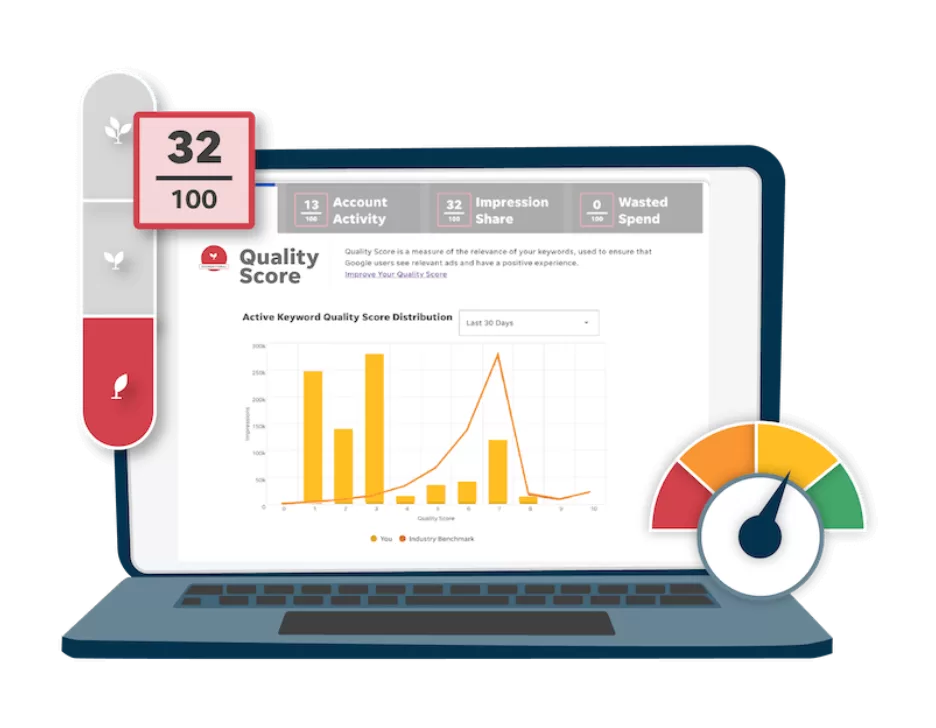Want to know how important good client communication is?
More than 90% of the digital marketing agencies we work with spend at least an hour a week on reporting per client.
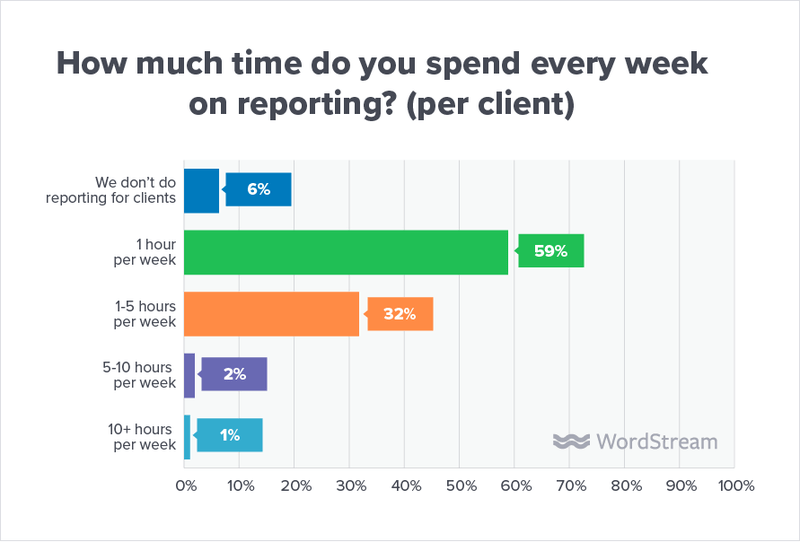
We’re talking about reporting. We’re not talking about account management. We’re not talking about optimizations. We’re just talking about reporting.
Allen Iverson wasn’t saying that practice was unimportant to his role as the face of the Philadelphia 76ers franchise, and I’m not saying that reporting is unimportant to your role as the manager of your clients’ online advertising accounts.
What I am saying is that you’d better be getting as much as you can out of all the time you spend on reporting—by ensuring that you’re communicating the value your agency is really providing to each client.
So how do you communicate with clients and customers—the right way? To help you do just that, I sat down with three of WordStream’s in-house account management experts. Holly Niemiec, Scott Mesite, and Mike Emiliani each work on our marketing services team driving positive returns on their clients’ investments each and every month. I spoke with each of them about what it takes to communicate with clients effectively. In the end, we were able to boil down their insights to these five essential pillars of client communication:
- Transparency
- Empathy
- Self-awareness
- Context
- Flexibility
Let’s look at each of these qualities in turn and explore how they fit together to yield healthier relationships with your clients.
1. Transparency
We’ll start with transparency, quite simply, because it’s the most important pillar on this list. If your communication with your clients is nothing else, it should be transparent.
“You always, always, always have to tell your clients like it is,” Mike told me. “It doesn’t matter whether you’ve got good news or bad news. Tell them what they need to know, and tell them when they need to know it.”
The importance of transparency is two-fold. Primarily, you need to be transparent because you’re partially responsible for the success of somebody else’s business. You can never forget that you’re spending someone else’s hard-earned money. They deserve to know what it’s yielding—and, perhaps more importantly, what it’s not yielding.

Something to talk about.
Secondarily, transparency is crucial because it gives you more security in the long run. “Bad stuff will always make its way back to the person who’s responsible,” says Mike. “If you make a mistake, get it out in the open as soon as possible. You’ll be better off for it.”
The good news: It’s not hard to be transparent. “When you’re going over performance metrics,” advises Scott, “share your screen with the client. If you let them see exactly what you’re seeing, you won’t even give yourself the opportunity to be opaque.”
Although a complete list of marketing buzzwords would make a CVS receipt look like a stick of peppermint gum made for ants, there’s one in particular that you’ll often hear in the context of account management: granular. It’s typically used to describe well-structured ad groups, but it’s relevant to the topic of transparency, too.
“You shouldn’t simply show your clients how much you’re spending at the account level,” Holly told me. “You should walk them through what you’re spending on different initiatives at specific points in the marketing funnel. Be thorough. Make it a conversation.”
2. Empathy
There’s an amazing It’s Always Sunny in Philadelphia scene in which Dennis asks Mac if he remembers feelings. “Dennis, I have feelings every single day of my life,” he responds. “Do you—do you not have feelings?”
Although nobody should ever aspire to be an Always Sunny character, if you’re going to emulate one of the two men featured in that scene, it should be Mac. Having empathy for your clients is one of the most crucial parts of being an account manager.
“If you think of yourself as an external contractor, everybody’s worse off,” says Holly. “You should consider yourself a legitimate part of the team at every business you serve. You’ll feel more engaged by the work you’re doing and you’ll drive better results for your clients.”
Why? Because thinking of yourself as a member of your clients’ teams forces you to put yourself in their shoes, and putting yourself in their shoes enables you to more closely align with their ultimate goal: to grow their businesses.
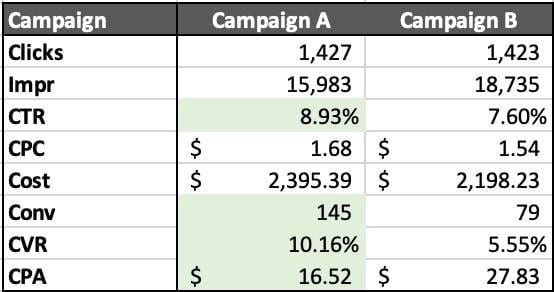
Performance data is more than just numbers in a spreadsheet.
Another reason to actively understand your clients’ perspectives is that doing so will inform how you communicate results to them. “I have some really involved, hands-on clients, but a lot of them just want a bird’s-eye view of performance,” Scott told me. “I know how busy running their businesses keeps them. I don’t want them to have to think about digital marketing.”
Indeed, that distinction between running a business and mastering digital marketing is at the core of the third pillar.
3. Self-awareness
Of all the pillars of effective client communication, this is probably the one that’s most lacking in everyday life—at least as far as I can tell. Recently, a woman sitting next to me on the commuter rail spilled some of her oatmeal on my pants. If you’re wondering whether she apologized, rest assured that she did not. She didn’t even notice that it had happened, actually. Now that’s a serious lack of self-awareness.
(No—I didn’t say anything to her about it. I’m a painfully passive person. I’m not working on it.)

In the context of communicating with a client, self-awareness means distinguishing and recognizing the roles you each play. This, like being transparent, is pretty straightforward.
Your client runs their business. You run their online advertising accounts. That’s it.
It’s crucial that you both let this distinction inform how you interact with one another. “You’re never going to know your clients’ businesses or industries as well as they do,” says Holly. “Even though you’re the digital marketing expert in the relationship, the fact of the matter is that you’re going to have to defer to their judgements sometimes.”
Mike was keen to point out to me, however, that there’s a big difference between deferring to clients’ judgements and letting clients get into the weeds of their accounts: “As much as I respect my clients’ smarts when it comes to their businesses and their businesses’ positions in the market, I think it’s for the best that they limit the amount of tinkering they do.”
The consensus: While making it clear that you’re the account manager, open the door for collaboration and new ideas. Scott put this best, I think: “I listen to what they have to say and let their insights inform my strategies.”
4. Context
Contextualization is all about framing the challenge or question you’re facing within the bigger picture. This came up on two different instances over the course of my conversations with Holly, Scott, and Mike.
The first instance pertains to how you should respond when a client is frustrated with something that’s out of your control. Both Mike and Scott raised this point as a tangent to our discussions of self-awareness. “As an account manager, there’s only so much you can do for your clients,” explained Scott. “Sometimes, they’re going to come after you for problems that you have absolutely no control over.”
So, how do you deal with that? “You have to contextualize the problem,” Mike says. “Don’t deflect, and don’t get defensive. After you’ve validated their frustration, try your best to frame the problem in its broader context.”
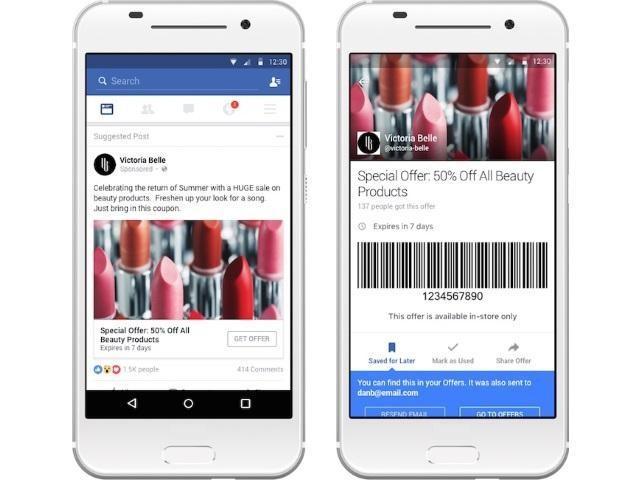
Offer ads can only do so much for a brick-and-mortar. Via Adweek.
To be more specific, if a client is frustrated because a new experiment has yet to show returns, Holly suggests that you emphasize the long-run: “Ebbs and flows are inherent to digital marketing. Nothing happens overnight. You and your clients have to be on the same page as far as everyone’s expectations go.”
The other instance pertains to seasonality. If monthly or quarterly performance takes an unexpected turn for the worse, Scott recommends framing the problem in a historical context. “By using a year-over-year performance comparison rather than the more typical month-over-month comparison,” he told me, “you can make sense of below-average performance.”
5. Flexibility
The fifth and final key to communicating with clients in a healthy, effective manner is your ability to adjust to different personality types. Some of your clients will treat you like a friend—taking interest in your personal life and expecting you to reciprocate. Others will be strictly business—wanting nothing more than for you to stop talking about your unremarkable child’s baseball team and start telling them what they need to know.
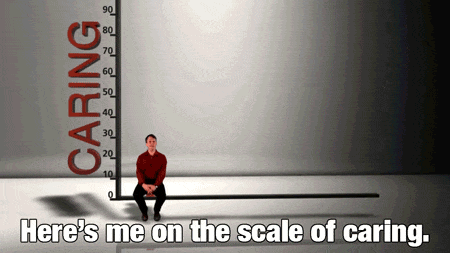
Holly, Mike, and Scott each tied this subject back to the importance of behaving as if you’re a member of your clients’ teams. “Sure—every client is different,” says Holly. “But, generally speaking, the more personal engagement you have with one another, the better sense you’ll have of the relationship’s health.”
Mike does, however, recommend keeping things natural: “You can’t force a client relationship to go one way or another. If they want to open up, they’ll open up. If they don’t, they won’t. You just have to be flexible.”
Clients are not only different in terms of how much—if at all—they want to be your friend; they’re also different in terms of how much they want to know about their accounts. Again, flexibility is essential to your success.
“Some of my clients are totally happy with a high-level review of account performance,” says Scott. “Others want me to zoom in on specific campaigns and metrics. No matter what, you have to give the client what they want.”
Approaching client communication strategically
Communicating with clients can feel like a daunting, disconnected task. After all, a Venn diagram with Grouping Keywords on one side and Talking to Humans on the other side doesn’t have much of a middle section.
Nonetheless, your efficacy as a digital marketing account manager—and even the success of your agency—rests in large part on your ability to report and collaborate effectively. If you can’t implement the tips and insights provided by Holly, Scott, and Mike, you’re going to struggle to retain clients. In turn, you’ll struggle to win the referrals that agencies so commonly rely on.
Alternatively, if you take the steps to be more transparent, empathetic, self-aware, contextually minded, and flexible, you’ll start noticing an improvement in your client relationships in no time.

